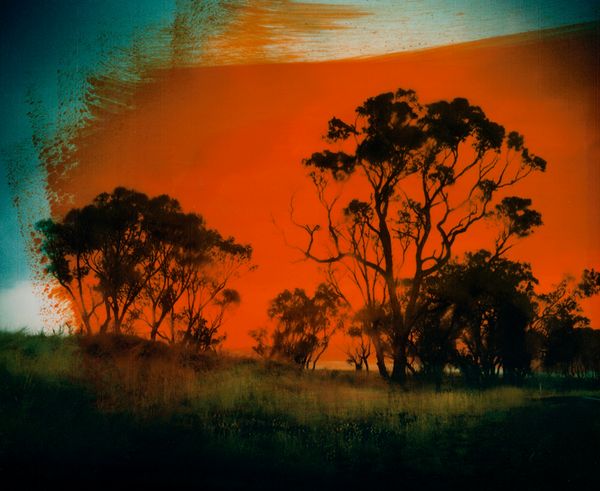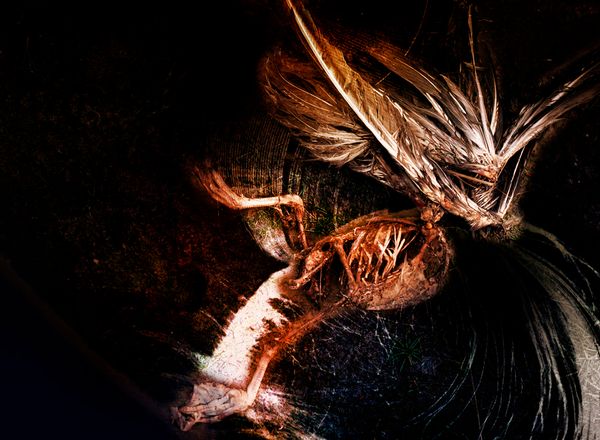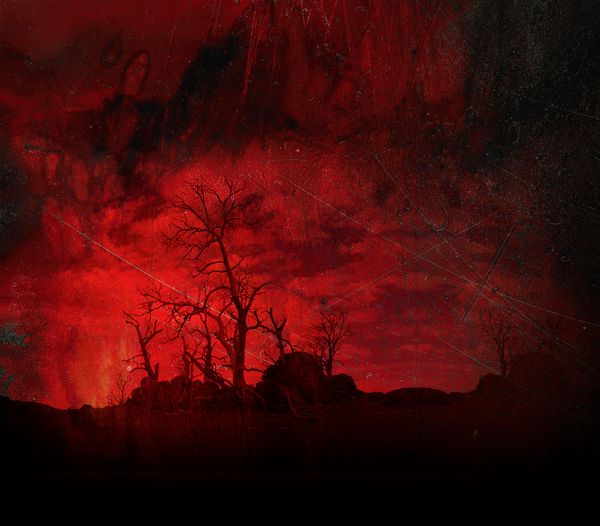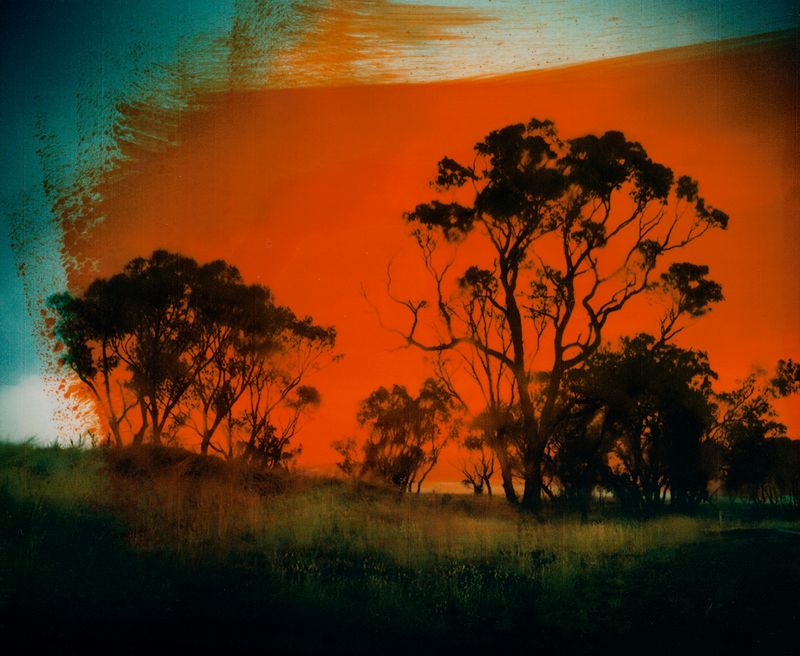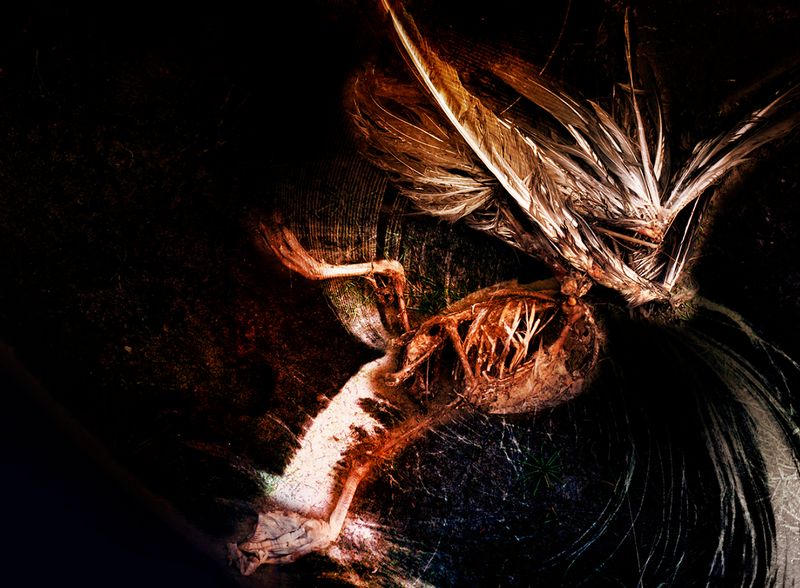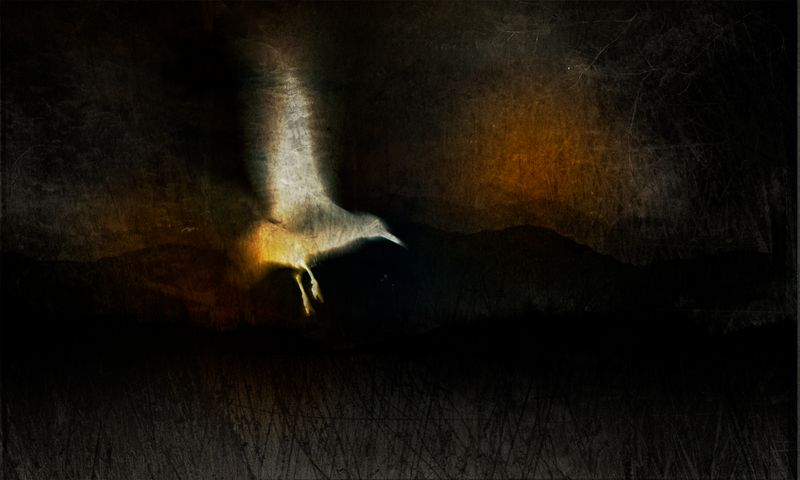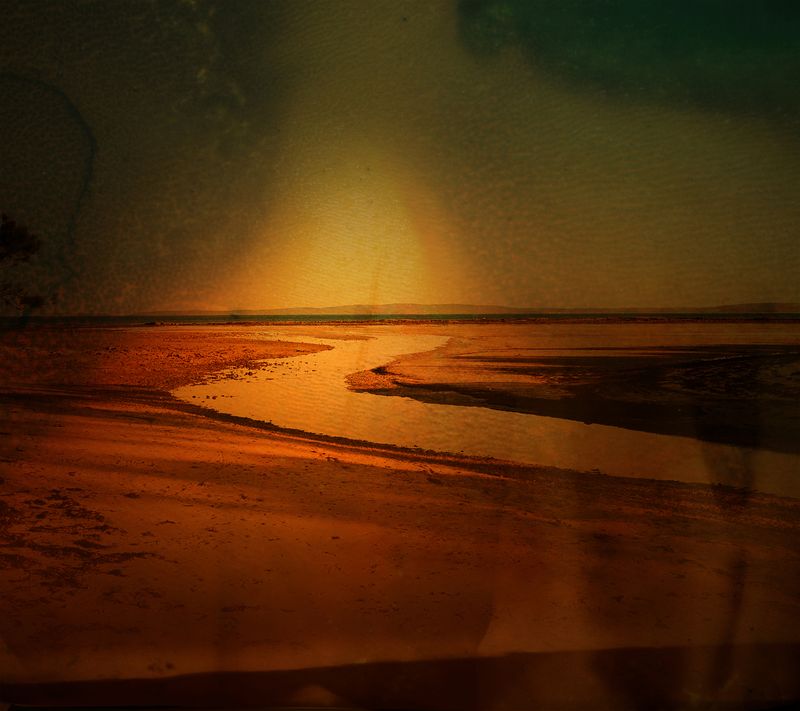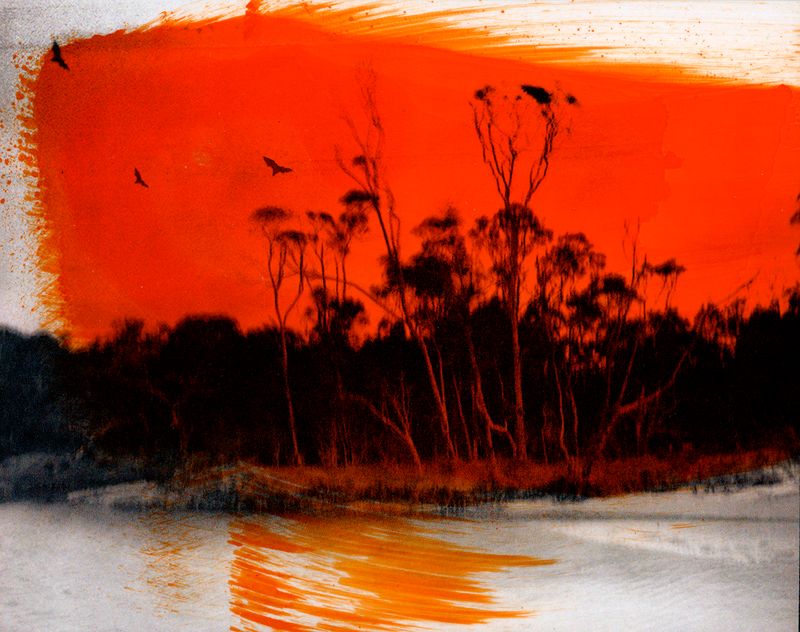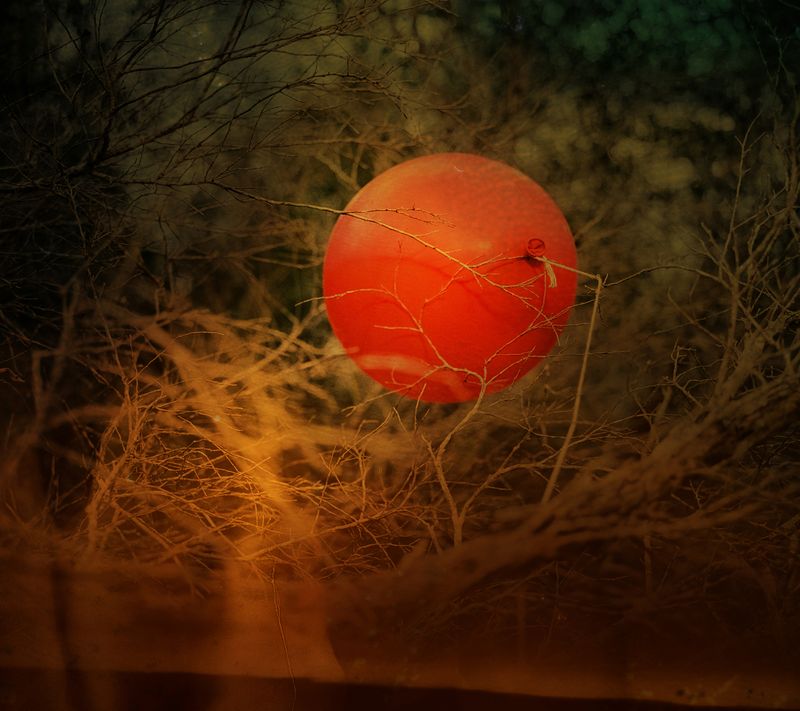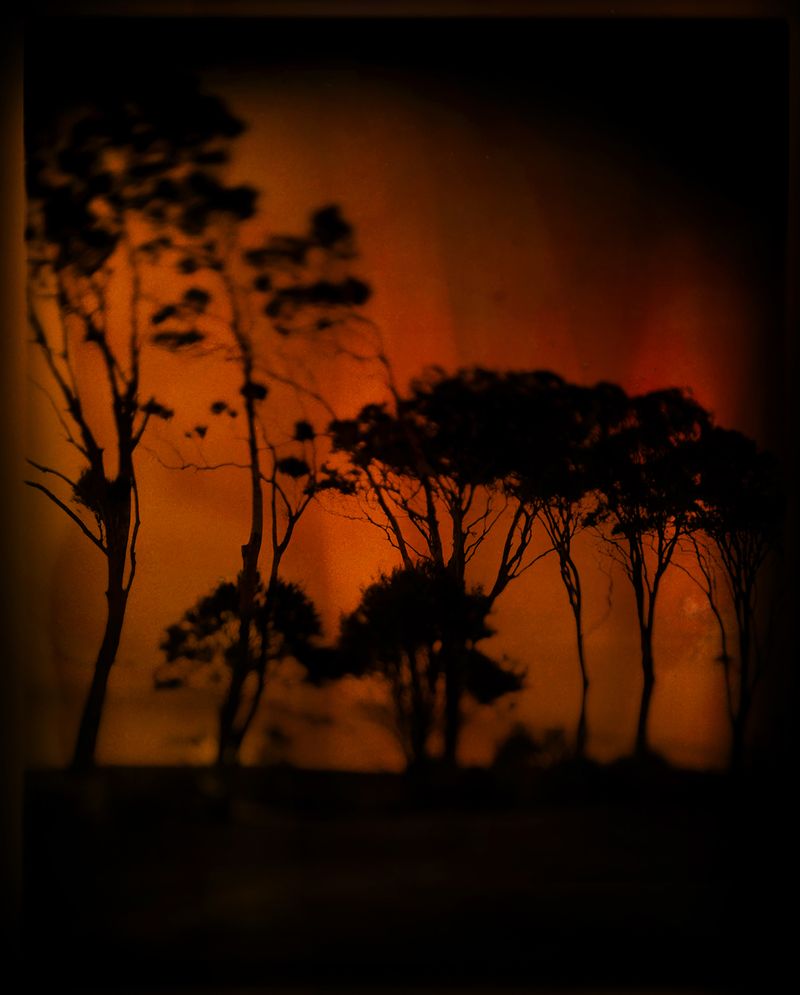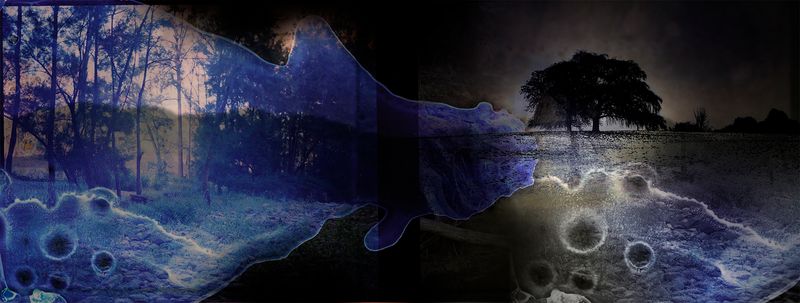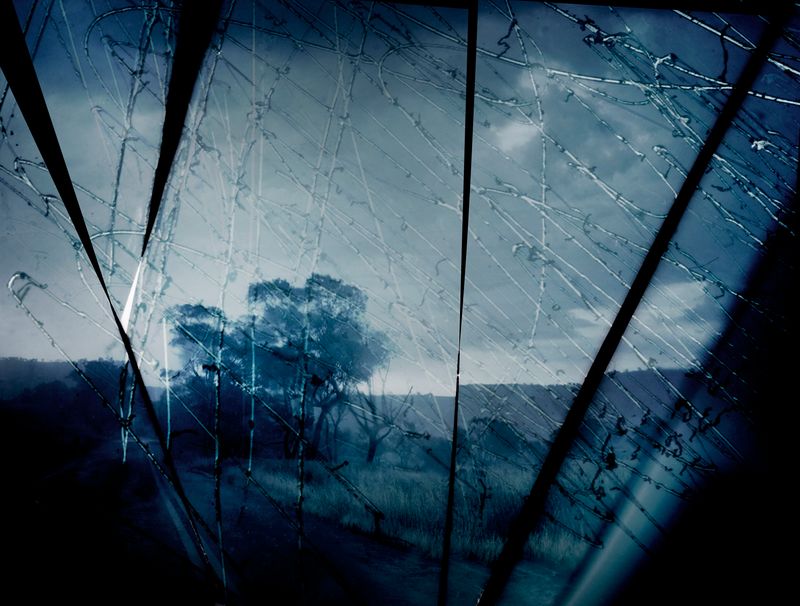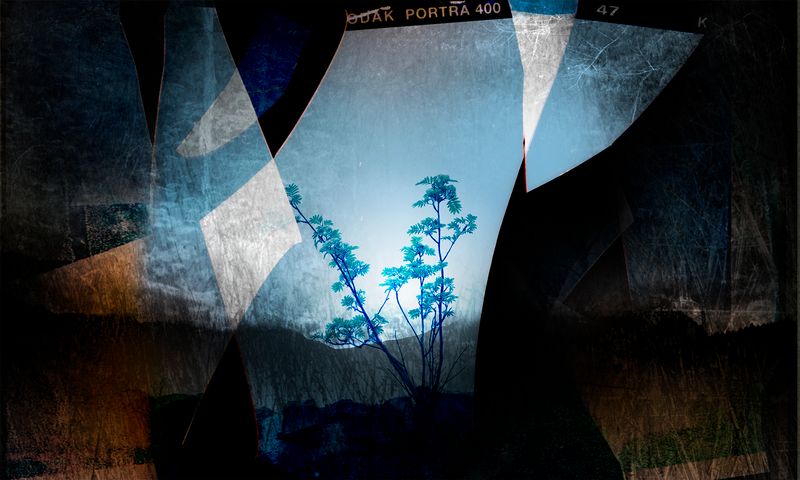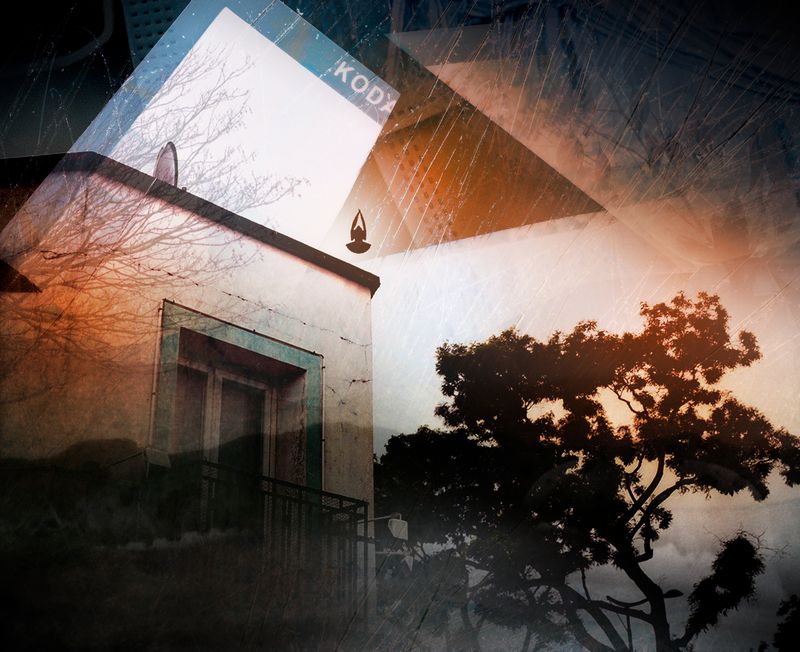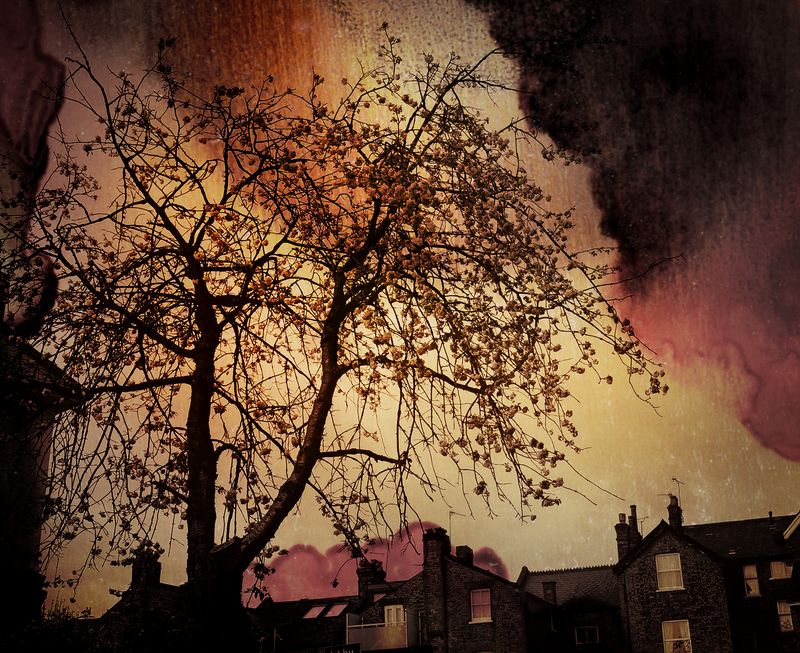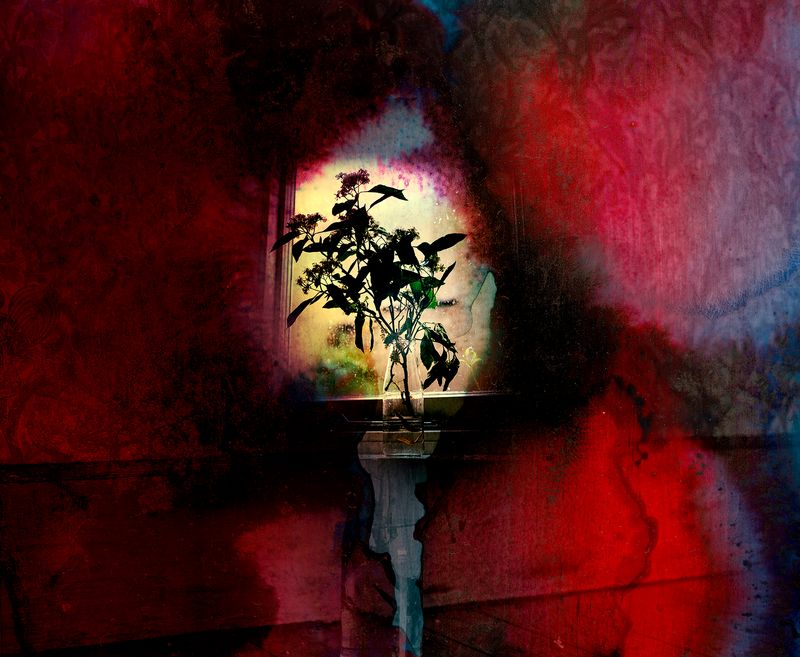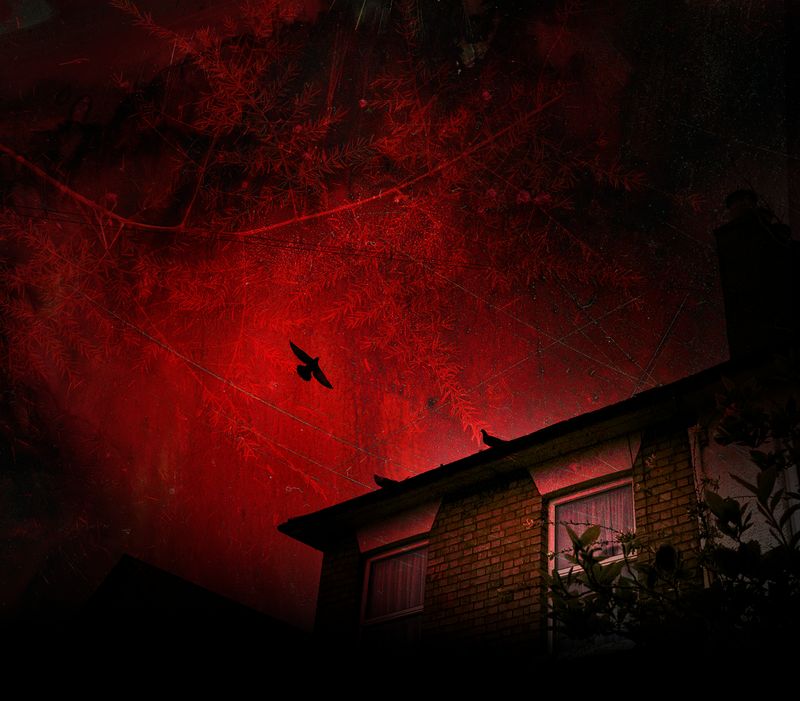To dance with shadows
-
Dates2020 - Ongoing
-
Author
A dog howls in the distance. A bird lies dead on the pavement. The sound of a passing train echoing through the unpolluted air seems louder now. There is a silence, an emptiness, and a solitude that I have never experienced before in the city. The world seems to have been thrown into a quiet chaos and the future suddenly feels messy and uncertain.
For me, as an Australian, (although I now live in London) the COVID-19 pandemic comes hot on the heels of the recent bushfires that swept across my home country, and the numerous parallels are striking. This was another crisis in which the very air that was breathed, this time thick with smoke rather than a pathogen, threatened to choke the population.
The bushfires - some of which were still burning six months after the first outbreaks began last September - were the worst in recorded history. It is estimated that over 10 million acres of land (an area almost the entire size of England) was scorched.
I watched the news of the fires from my current home in rainy London, feeling sick with anxiety as the flames came within 10km of my parents’ home, which they had lovingly built with their own hands. Australian politicians faltered and stammered, unable to adequately address the question of climate change, or the roles that damming, mining, and coal exportation were playing in this catastrophe.
The only way I could combat the frustration of this political impotence and the anxiety of watching the country I love so dearly burning was to produce photographic work. And so I took existing prints from my last time in Australia and painted them with oils and inks, scratching and reworking them in an attempt at implanting my fear and anger into the images. As the fires roared through so much of the country, I could do little else but produce this work, in an attempt to express my devastation at what the country has experienced, and a comment on the land that is now lost.
Now, caught in the coronavirus pandemic, I find myself again considering the fragility of human life, but also our resilience in the face of it. The future feels uncertain in a way it never has before and once again I have sought respite from the anxiety - which itself can tighten my chest and cause breathlessness - by making work.
I overlay the fragments of cut negatives on top of ink paintings that my young son and I made together while school is closed and I am his main companion. The ink from the paintings slowly stains the film, and as it dries and cracks it seems to resemble a virus under the microscope, spreading and infecting. I cut into my negatives, damaging and distorting them; overlaying my own grief from the fires, and anxiety of the virus onto the images. I manipulate and disfigure the photographs to reflect the way in which the future seems distorted and dark with shadows.
The trees outside have burst into new life, in contrast to the near empty streets below them. In the absence of people, pigeons and foxes have reclaimed the streets. A single masked figure walks by, the only visible reminder that life is all but normal. Loneliness creeps in under my living room door. It is an unwelcome guest, but I allow it in to sit with me while I work; a silent companion. My own rhythmic breathing becomes a calming background to the production of these images. Outside my window, a fragile cherry tree is aflame with delicate blossoms. Several days later, the flowers have fallen to the ground as if in defeat, making the pavement resemble the aftermath of a lost fight.
